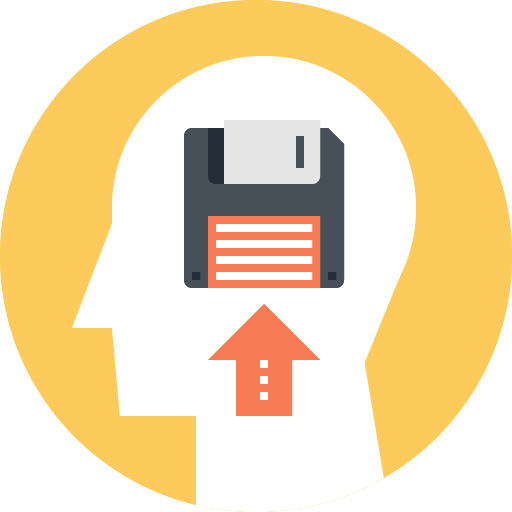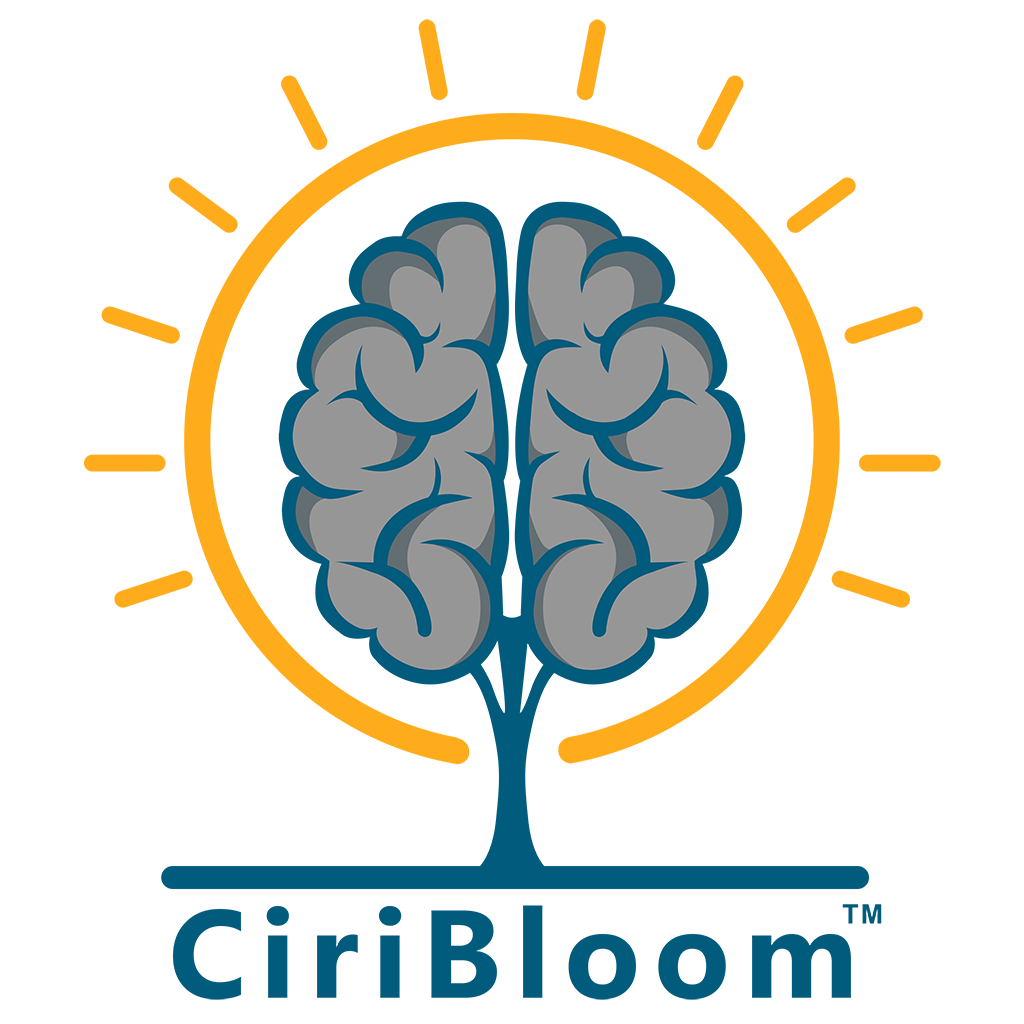Metacognition Course in Teaching Computer Science
For Everyone
There has been a paradigm shift in global technology curricula away from an education focused on consumption of technology to its creation, empowering a new generation of digital inventors as children learn to program from a young age.
In this course we look at the 10 metacognitive skills, along with 5 computational thinking skills which make pupils powerful learners and effective problem solvers with technology.
We present 5 signature pedagogies to help foster metacognition and computational thinking through teaching and learning in computer science.
The course also provides practical experience of learning to program in Scratch for pupils aged 7-11 and Python for pupils aged 7 – 11, with ideas for projects to trial with your pupils.
Benefits of this course: You will learn:
- Computational thinking – what is it? What sub-skills does it involve?
- What are the key concepts in programming?
- Signature pedagogies for teaching computer science.
- Creating programs using key concepts in Scratch and Python.
- Applying metacognitive principles to enhance computer science teaching and learning.
- Teaching for progression in computing.

Meet
Our Course Creators

Dr Jon Chippindall
Dr Jon Chippindall is a computing teacher and subject lead at a school in North Manchester. He leads the Computing PGCE at The University of Manchester and works with the Science and Engineering Education Research and Innovation Hub on computing and engineering based education projects.
Jon was an original author of the Barefoot resources and CAS Master Teacher. He works with schools across the UK and beyond to develop computing curricula, teaching and learning. Jon sits on a number of computing education advisory boards where he inputs on the future direction of technology education.
Important Information
Course Details, Eligibility and Duration
What is unique about this course?
- This course combines theoretical explanations of metacognitive and computational thinking skills with practical application in the context of computer science.
- The course provides both a solid grounding in the theory of metacognition in computer science whilst also providing activities for immediate use in implementing ideas in your classroom
- This course provides a structured pathway of planning, organising, implementing, and controlling metacognitive teaching in computer science subjects.
- This course provides practical experience of programming in two popular education languages: Scratch and Python
- This course provides the tools to be a reflective practitioner and implement its content in a way to have maximum impact for your learners.
What are the learning outcomes and assignments?
There are four modules as detailed below. There is a written assignment at the end of each module which you will need to write and submit. You will be assessed against these and individual feedback will be provided.
There are marks that will be allocated to each learning outcome and for you to pass this course you will need a minimum of 50%.
Information on course modules
- Module 1
- Evaluate some definitions of metacognition and study the evolution of metacognition
- Understand some of the terms associated with metacognition
- Introduce ten metacognition skills
- Analyse the opportunities in metacognition related to STEM
- Critically analyse the challenges in implementing metacognition in STEM subjects
- Understand the 5 computational thinking skills
- Study the choice of the metacognitive skills to develop each of the computational thinking skills
- Understand the changes in worldwide technology curricular moving from consumer to creator
- Module 2
- Undertake an in-depth analysis of the five signature pedagogies
- Provide an understanding of the teaching methods related to these signature pedagogies
- Analyse the rationale for the selection of pedagogies for computing activities
- Enable understanding of how the signature pedagogies contribute to developing metacognition
- Provide knowledge of the key metacognitive skills and the metacognitive tools
- Guide you to evaluate the metacognitive progression made by your pupils in their learning journey
- Understand the progression in programming concepts
- Module 3
- Develop practical experience of programming in Scratch
- Develop understanding of implementation of key concepts, such as sequence, selection and repetition in Scratch
- Develop practical experience of programming in Python
- Develop understanding of implementation of key concepts, such as sequence, selection and repetition in Python
- Develop an understanding of data structures (variables) in Python
- Module 4
- Understand the importance of reflective practice in improving the metacognitive skills of your pupils
- Using the topics learnt so far via the Computational Thinking skills, metacognition skills, and signature pedagogies create metacognitive lesson plans related to your own classroom context
- Evaluate how this course has helped you embed metacognition in future computing teaching practice
What is the course duration?
The course will need 50 hours of study time and 100 hours of assignment preparation and writing time and can be completed within 6 months of registration. Since the course is online, candidates can complete the course at their convenient time and schedule.
What is this course about?
This is a thorough Continuing Professional Development (CPD) course where it is expected that the teacher spends 50 hours of his/her time watching the videos after carefully reading all the background papers and supporting documentation that is provided to him/her through our course.
This course is equivalent to Higher National Diploma Level 5 qualification and is equivalent in academia to a foundation degree or the first two years of a bachelor’s degree. To get more insight into where level 5 sits it will be useful to know what levels 6, 7, and 8 signify.
- Level 6 is equivalent to BA, BSc;
- Level 7 at the level of MA, MSc, PGCE and
- at level 8 are Doctorate courses.
Thus it is very important to note the depth of this CPD course that offers teachers to achieve level 5 equivalent qualification.
The course is designed to ensure that the teachers get all the basics of what the ten metacognition skills are, what the 5 computational thinking skills are and how effectively they can be taught using the suggested five signature pedagogies. Having done these then there are suggested ways to track the metacognitive progress of their pupils.
There are four modules and a total of 15 learning outcomes. Each learning outcome has its own marked/assessed assignment that the teacher will have to complete.
Each assignment checks how well the teacher has understood the concepts that are taught in that particular learning outcome – this is done through essays that demand comparing and contrasting any two concepts, evaluating and analysing particular aspect, finding out how well they can implement some of the computing activities in their classrooms and provide detailed analysis of that activity i.e. how well their pupils understood the concepts and how well they can effectively use them going forward.
It is a hands-on course that demands implementing what is being taught. Thus, it is not a theory-based course where one just reads the papers, watches the videos, and submits the assignments. It is a hands-on course where the teacher is expected to implement various strategies taught in the course and report back on the effectiveness of its implementation through the assignments.
Each assignment is in the form of an essay ranging from 500 words to 2500 words to thoroughly check whether the course student has understood the concepts that are being taught through this course.
Our assessors will assess each and every assignment submitted by the teacher and will provide personalised feedback on each assignment.
It is thus a comprehensive CPD course for a teacher who is serious about developing her/his metacognitive skills and wants to make a difference in the life of their pupils. Brighter, sharper, and enriched pupils mean a better overall outcome for them and an outstanding achievement/rating for the school.
What will you get at the end of the course?
Teachers are assessed at the end of each learning outcome which will have passing marks. The teacher that secures 50% or more in the overall course will pass the course.
Those who cannot secure that pass percentage will be offered one free re-sit i.e. s/he will be able to re-do the assignments again and re-submit them. However, if s/he still fails to clear then s/he will get another chance by paying the prevailing rate of the course at that time.
Once passed the student will get a certificate that will be issued by the parent company of the course provider and that is ASTML (Academy of Science Technology and Management Limited) for CiriBloom and for successfully passing the course in Metacognition in Teaching Computer Science that is endorsed by the top quality assurance company in the UK – Insititute of CPD.
Your re-sit attempts will not be reflected on your certificate.
Once passed, the teacher will join our global network of metacognitive course teacher alumni where they can continue to share and partake in the new developments that are happening on the education front. As our course alumni they will have access to our webinars and interactions with course developers and other eminent educationists that CiriBloom will continue to host on its platforms.
What is the eligibility criteria?
If you are planning to take this course then you should have:
- Graduation in any discipline OR
- Diploma in Education OR
- Higher Secondary Diploma (12th or A-Levels) with a minimum of two years of teaching experience.
This course is for practicing teachers who have access to classrooms to determine the impact of the metacognitive pedagogies that they will learn through this course.
The computer science course to be specific is designed around computing activities that are specific to the primary school pupils and for the secondary school pupils. Thus the learning outcomes of this course will assess/gauge how well the teacher has understood the concepts and how well s/he can implement them in his/her classrooms.
It is a hands-on course and not a theory-based course and that is why it is most effective for teachers who are teaching computing to their pupils. The metacognitive concepts in this course are explained from the perspective of computing and are relevant to the teachers teaching the pupils at the primary and secondary school level.
How do I access the course and start using it once enrolled?
- You can pay for this course through an internationally activated credit or debit card using our registration link. You can also pay using your PayPal account.
- Once you have paid you will be a registered student of our computer science course and will have access to our training material.
- The course is planned in a systematic way i.e. upon registration you will be explained what this course is about, how it is designed, its layout, how to access it, how to submit the assignments etc.
- You will need access to the Internet to read the background papers in this course and watch the videos that will be available to you through this course.
- You can take this course on your phone or tablet as our course is fully responsive. It will work regardless of whether you are on a computer or a mobile device.
- You will need to submit your assignments in a pdf format – full detailed instructions about it are provided at appropriate places in the course.
